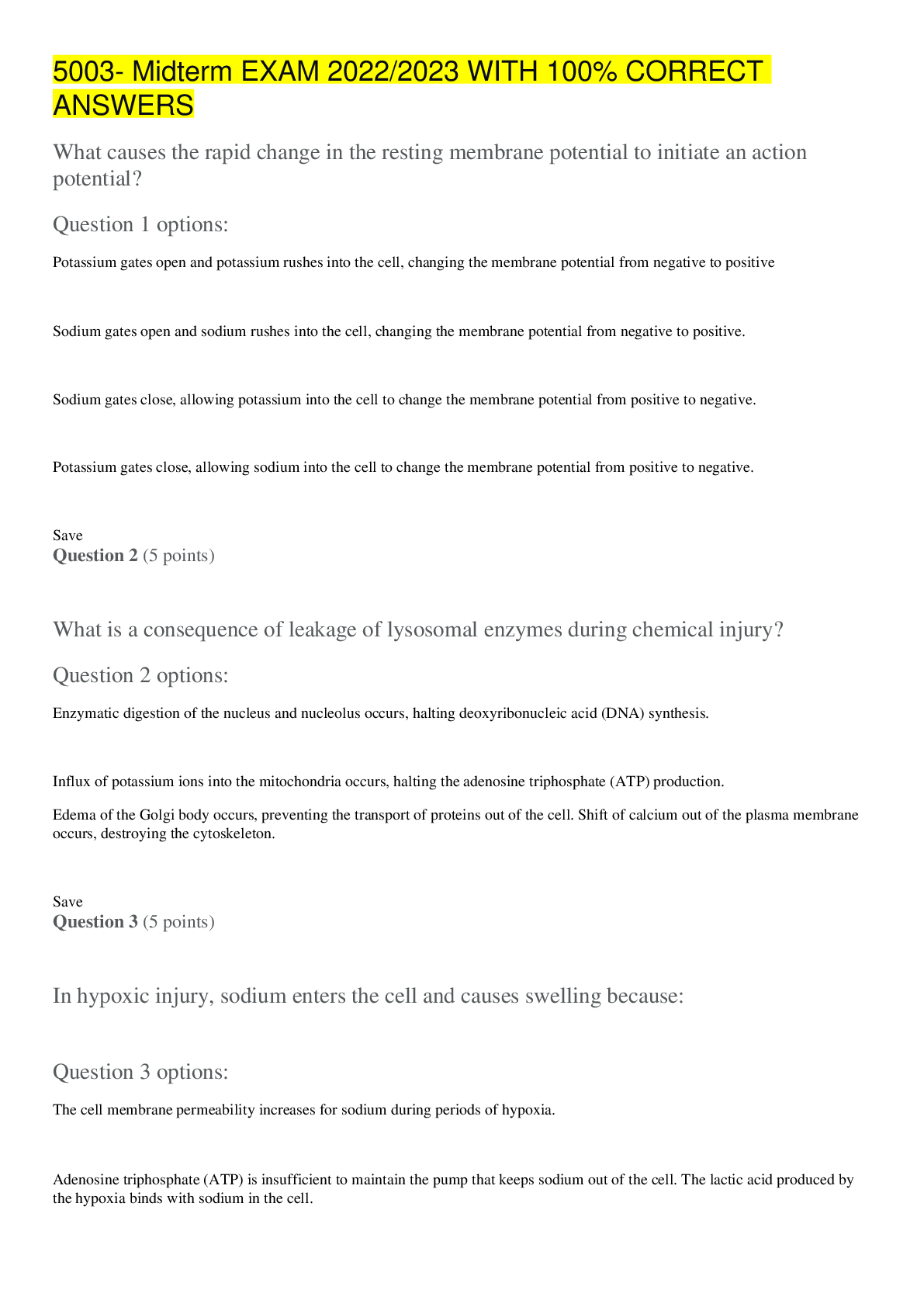Engineering > EXAM > D.M.L. Bench Work Exam 1 with Complete Solutions Graded A+ (All)
D.M.L. Bench Work Exam 1 with Complete Solutions Graded A+
Document Content and Description Below
What clamping position should be considered when mounting a vise on a workbench? - ANSWER The vise should be positioned so that a long piece can be held vertically in the jaws without interference fro... m the workbench. Name two types of bench vises. - ANSWER The solid base and the swivel base types. How is the machinist's bench vise measured for size? - ANSWER By the width of the jaws. Explain two characteristics of the insert jaws on vises. - ANSWER Insert jaws are hardened and have a diamond pattern or criss-cross serrations. How can a finished surface be protected in a vise? - ANSWER Copper, soft metal, or wood may be used to protect finishes from insert jaw serrations. Name three things that should never be done to a vise. - ANSWER "Cheater" bars should never be used on the handle. The movable jaw slide bar should never be hammered on, and excessive heat should never be applied to the jaws. How should a vise be lubricated? - ANSWER The vise should be taken apart, cleaned, and the screw and nut cleaned in solvent. A heavy grease should be packed on the screw and thrust collars before reassembly. A 4-in machinist bench vise has jaws 4-in. wide. True or False? - ANSWER True What is the purpose of soft jaws? - ANSWER The purpose of soft jaws is to protect finished work from being damaged by the hard serrated jaws. Also, soft jaws of leather or a softer metal are used for gripping soft metals. Parallel clamps are used for heavy duty clamping work, and C-clamps are used for holding precision setups. True or False? - ANSWER False. C-clamps are used for clamping work. Some heavy-duty types can hold many hundreds of pounds. To remove a nut or bolt, slip joint or water pump pliers make a good substitute for a wrench when a wrench is not hand. True or False? - ANSWER False. This practice can quickly ruin good machinery, so that the proper tool can never be used. What advantage does the lever jawed wrench offer over other similar tools such as pliers? - ANSWER The principal advantage of the lever-kawed wrench is its great holding power. Most types have hard, serrated jaws and so should not be used on nuts and bolt heads. Would you use a 3-lb ball peen hammer for layout work? If not, what size do you think is right? - ANSWER No. Hammers used for layout work range from 4 to 10 oz in weight. A smaller one should be used with a prick punch for delicate work. Some objects should never be struck with a hard hammer - a finished machine surface or the end of a shaft, for instance. What could you use to avoid damage? - ANSWER Soft hammers and mallets are made for this purpose. When setting down work in a drill press or milling machine vise, for instance, a lead hammer is best because it base no rebound. A machine has a capscrew that needs to be tightened and released quite often. Which wrench would be best to use in this case: an adjustable or box wrench? Why? - ANSWER The box type, either socket or end wrench, would be best, as it provides contact on the six points of the cap screw, thus avoiding the damage and premature wear that would be cause by using an adjustable wrench. Why should pipe wrenches never be used on bolts, nuts, or shafts? - ANSWER The hard serrated jaws will damage machine parts. Pipe wrenches should be used on pipe and pipe fitting only. What are two important things to remember about standard screwdrivers that will help you avoid problems in their use? - ANSWER Standard screwdrivers should have the right-width blade to fit the screw head. They should be shaped correctly and, if worn, reground and shaped properly. What is the kerf? - ANSWER The kerf is the groove produced in the work by a saw blade. What is the set on a saw blade? - ANSWER The set on a saw blade is the width of the teeth bent out form the glad back. What is the pitch of the hacksaw blade? - ANSWER The pitch of a hacksaw blade refers to the number of teeth per inch on a saw blade. What determines the selection of a saw blade for a job? - ANSWER The first consideration in the selection of a saw blade is the kind of material being cut. For soft materials use a coarse-tooth blade and for harder materials use a fine-pitch blade. The second point to watch is that at least three teeth should be cutting at the same time. Hand hacksaw blades fall into two basic categories. What are they? - ANSWER The two basic kinds of saw blades are the all-hard blade and the flexible blade. What speed should be used in hand hacksawing? - ANSWER Generally, a speed between 40 and 60 strokes per minute is suggested. It is best to use long and slow strokes utilizing the full length of the blade. Give four causes that make saw blades dull. - ANSWER Excessive dulling of saw blades is caused by pressure on the saw blade on the return stroke, sawing too fast, letting the saw slide over the workpiece without any cutting pressure, or applying too much pressure. Give two reasons why hacksaw blades break. - ANSWER Saw blades break if too much pressure is used or if the blade is not sufficiently tightened in the saw frame. A new hacksaw blade should not be used in a cut started with a blade that has been used. Why? - ANSWER When the saw blade is used, the set wears and makes the kerf cut narrower with a used blade then the kerf cut with a new blade. If a cut started with a used blade can't be finished with that blade but has to be completed with a new blade, the workpiece should be turned over and a new cut started from the opposite end of the original cut. A new blade used in a kerf started with a used blade would lose its set immediately and start binding in the groove. What dangers exist when a hacksaw glad breaks while it is being use? - ANSWER When a blade breaks, it shatters, causing blade particles to fly quite a distance with the possibility of injuring someone. Should the blade break while sawing, it may catch the operator off balance and cause him or her to push a hand into the workpiece while following through with the sawing stroke. Serious cuts or abrasions can be the result. How is a file identified? - ANSWER By its length, shape, cut, and coarseness. What are the four different cuts found on files? - ANSWER Single cut, double cut, curved cut, and rasp. Name four coarseness designations for files. - ANSWER Rough, coarse, bastard, second cut, smooth, and dead smooth Which of the two kinds of files - single cut or double cut - is designed to remove more material? - ANSWER The double cut file Why are the faces of most files slightly convex? - ANSWER To make it possible to file a flat surface by offsetting the tendency to rock a file. To compensate for the slight downward deflection when pressure is applied while filing. To concentrate pressure on fewer teeth for deeper penetration. What difference is there between a blunt and tapered file? - ANSWER A blunt file has the same cross-sectional area from heel to point, whereas a tapered file is larger at the heel than at the point. What difference exists between a mill file and an equal-sized flat file? - ANSWER A mill file is thinner than a comparable-sized flat file. [Show More]
Last updated: 2 years ago
Preview 1 out of 5 pages

Buy this document to get the full access instantly
Instant Download Access after purchase
Buy NowInstant download
We Accept:

Reviews( 0 )
$7.00
Can't find what you want? Try our AI powered Search
Document information
Connected school, study & course
About the document
Uploaded On
Nov 13, 2022
Number of pages
5
Written in
Additional information
This document has been written for:
Uploaded
Nov 13, 2022
Downloads
0
Views
52

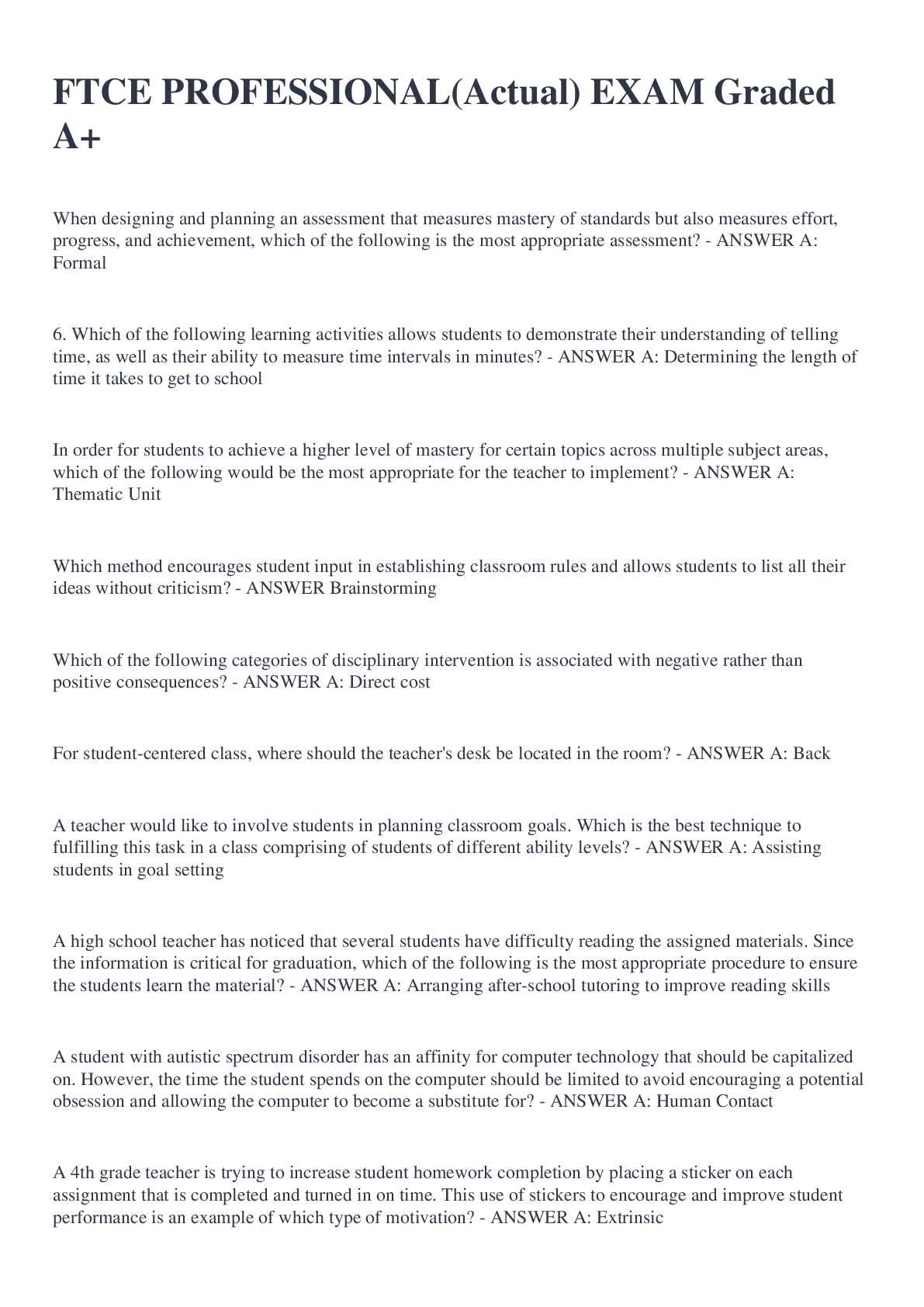
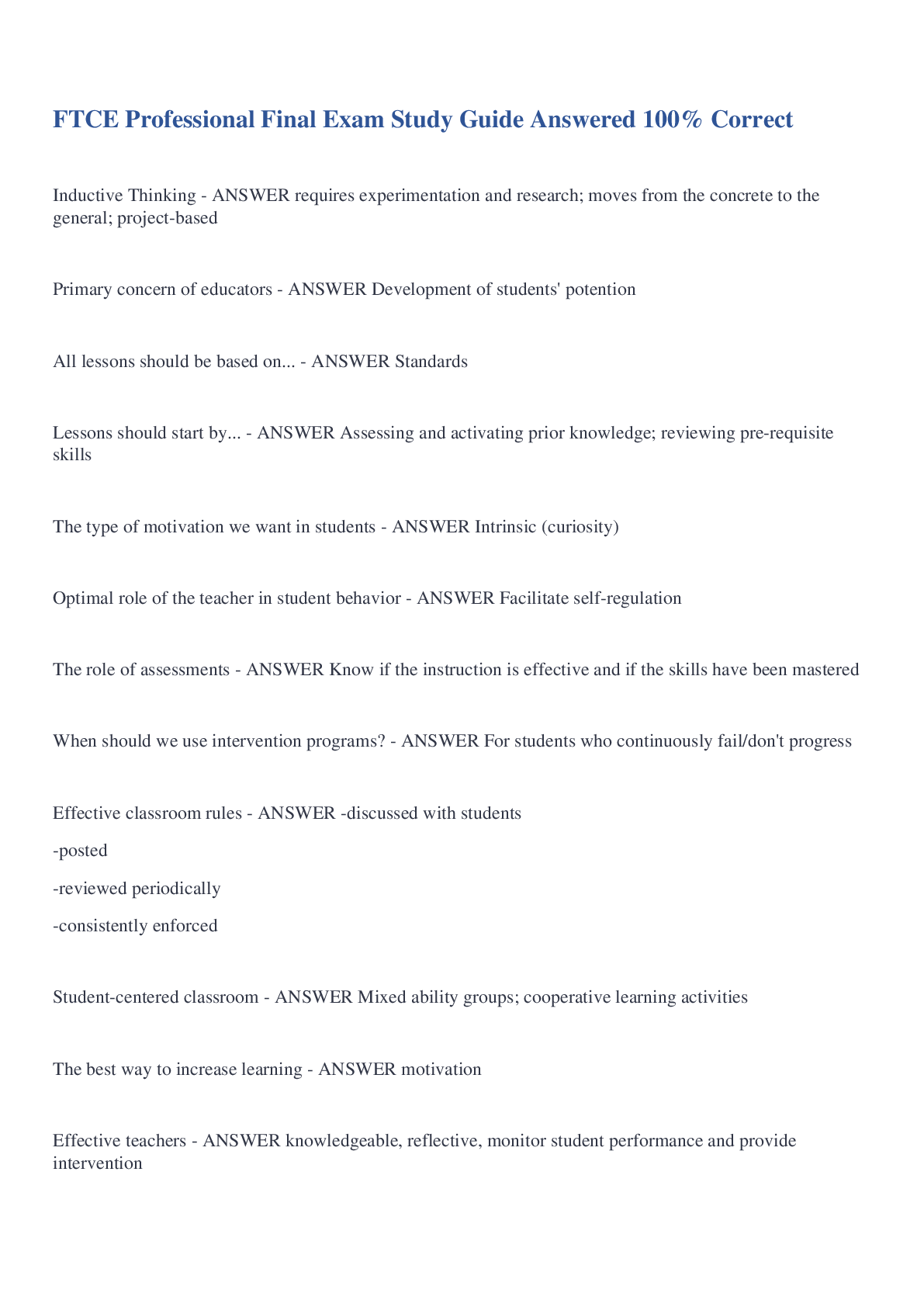
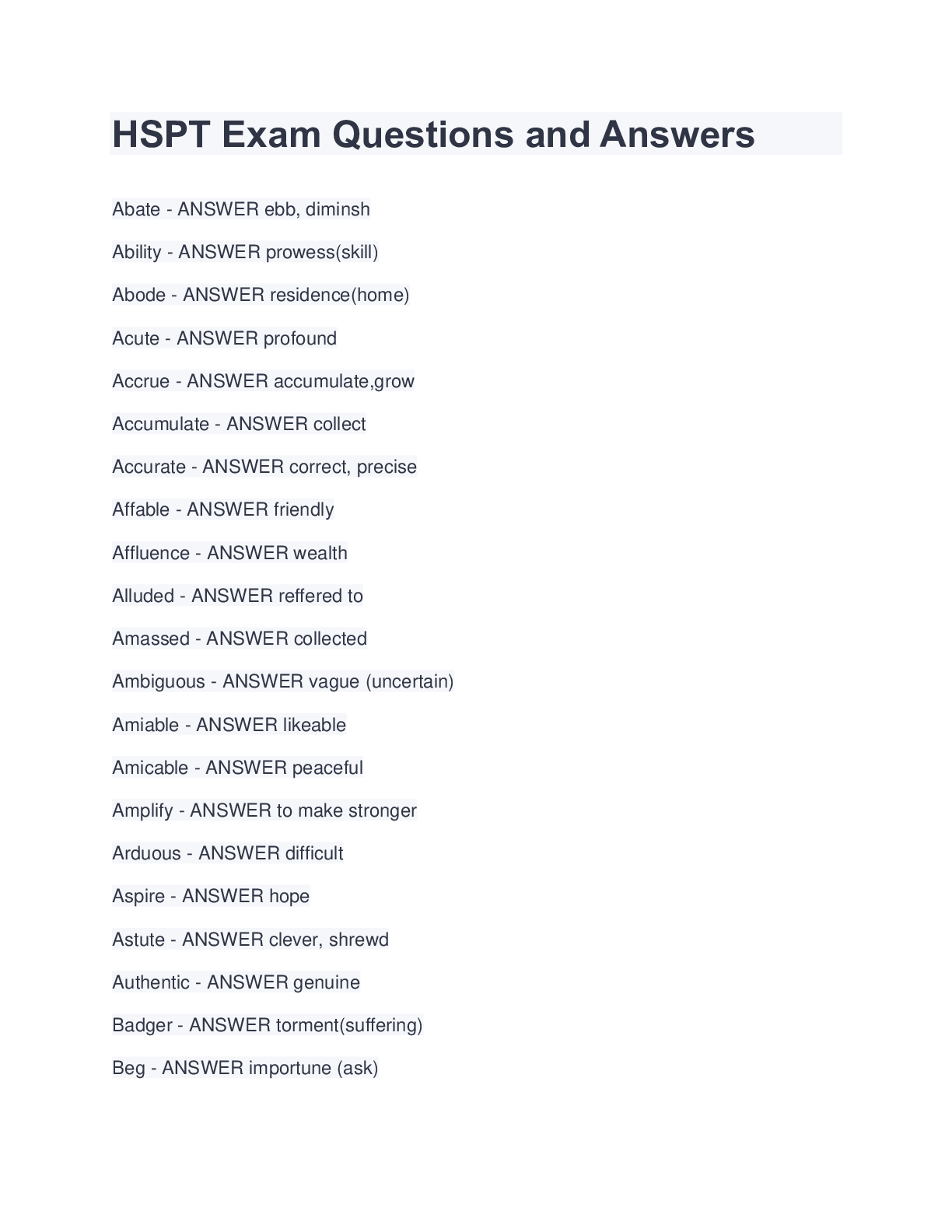
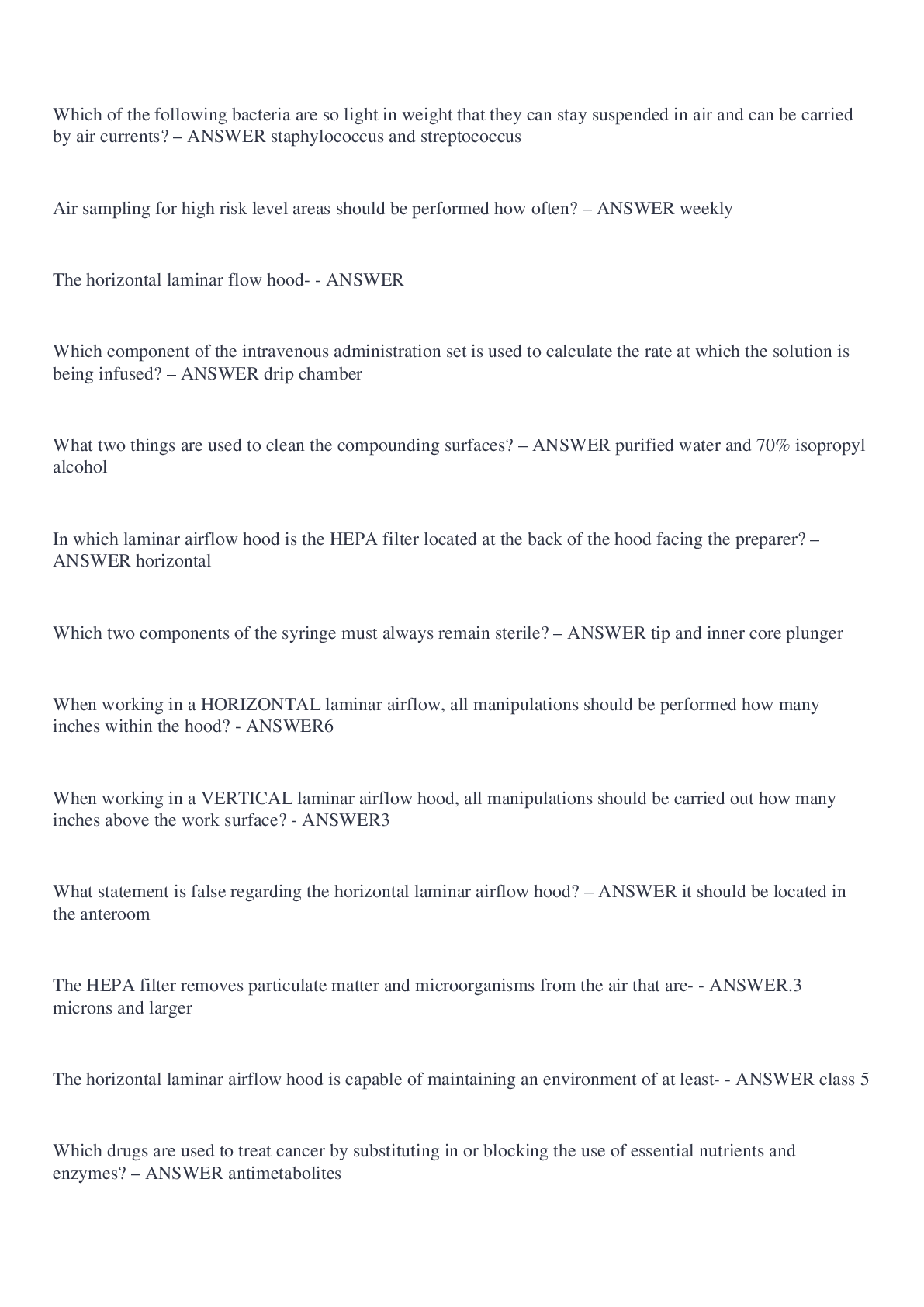
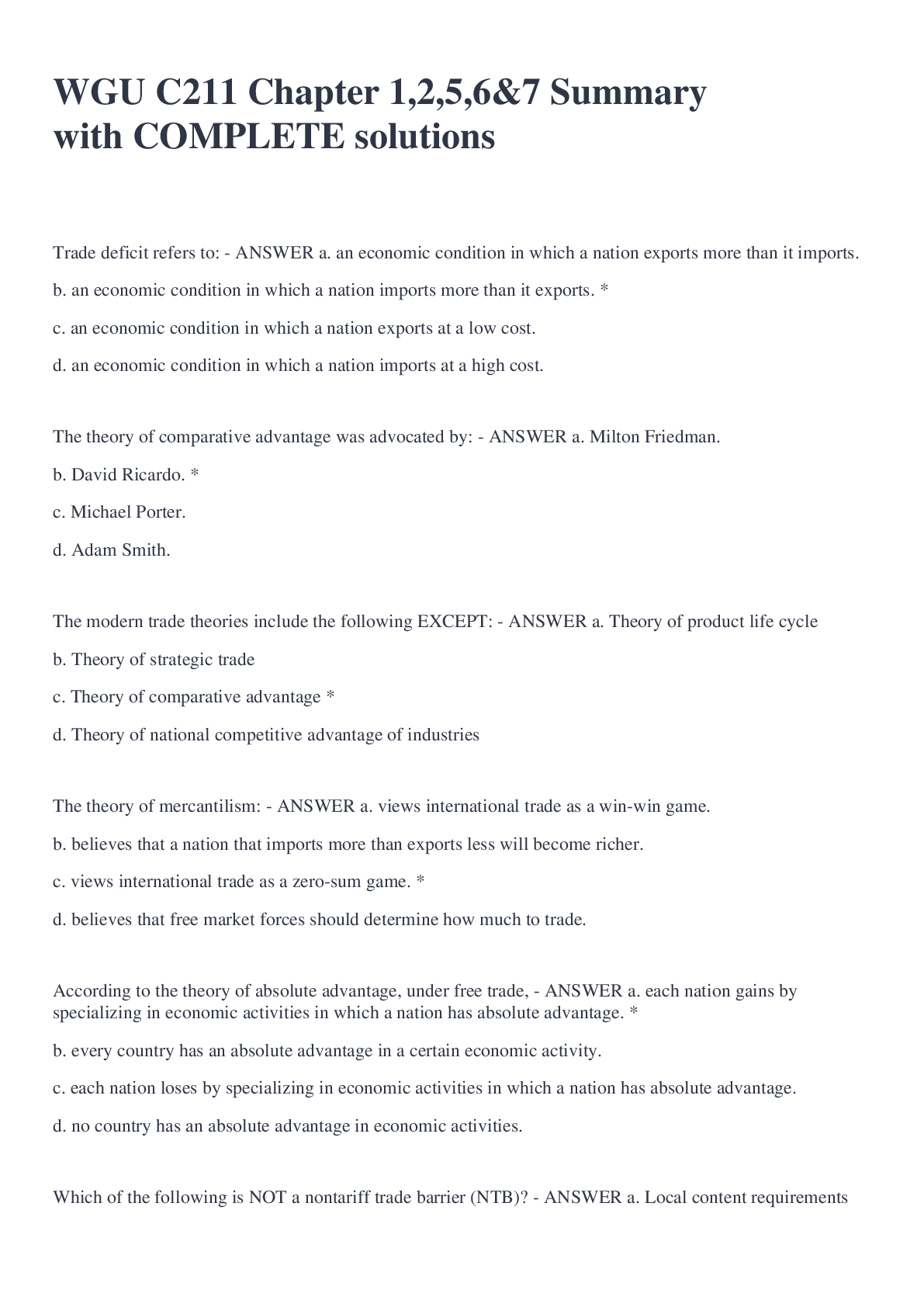
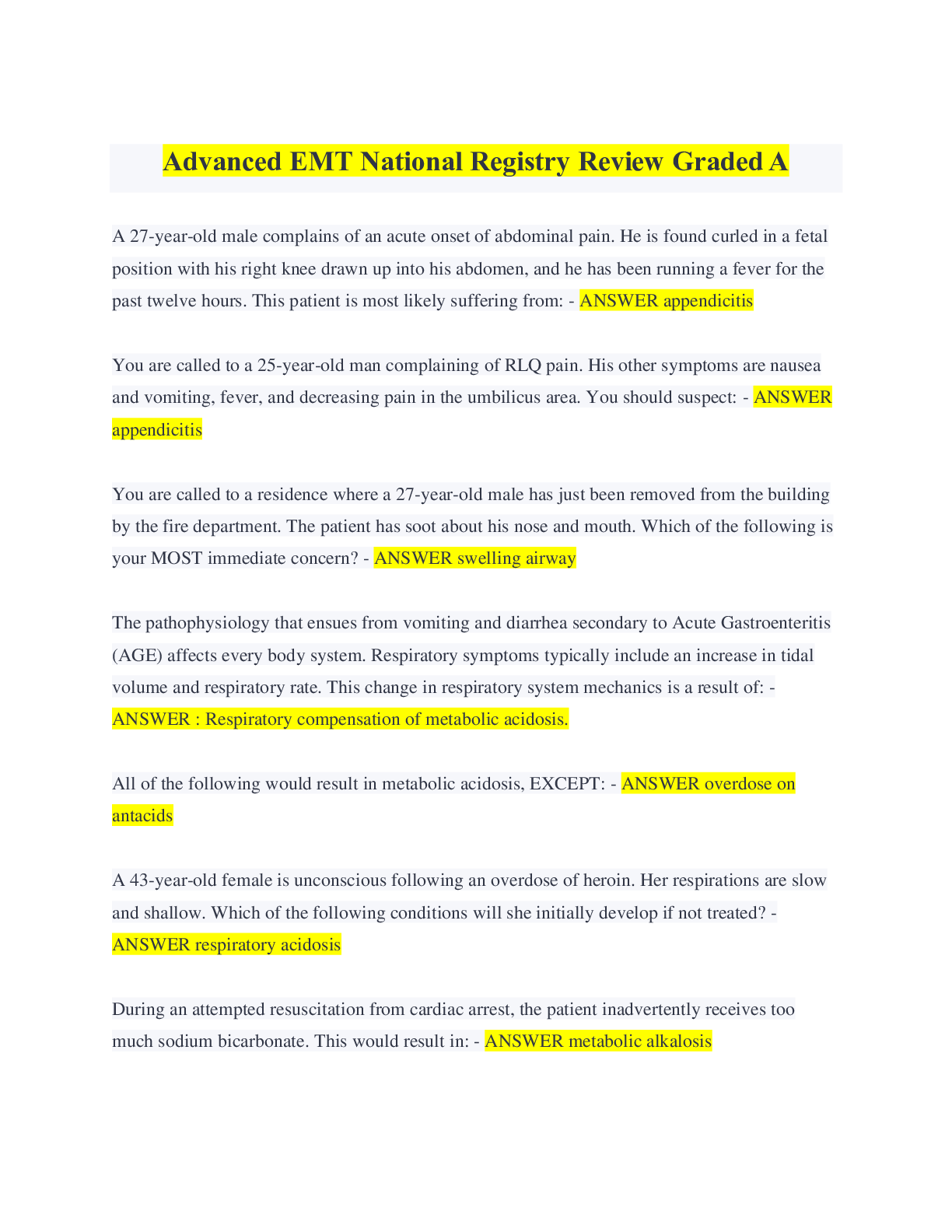
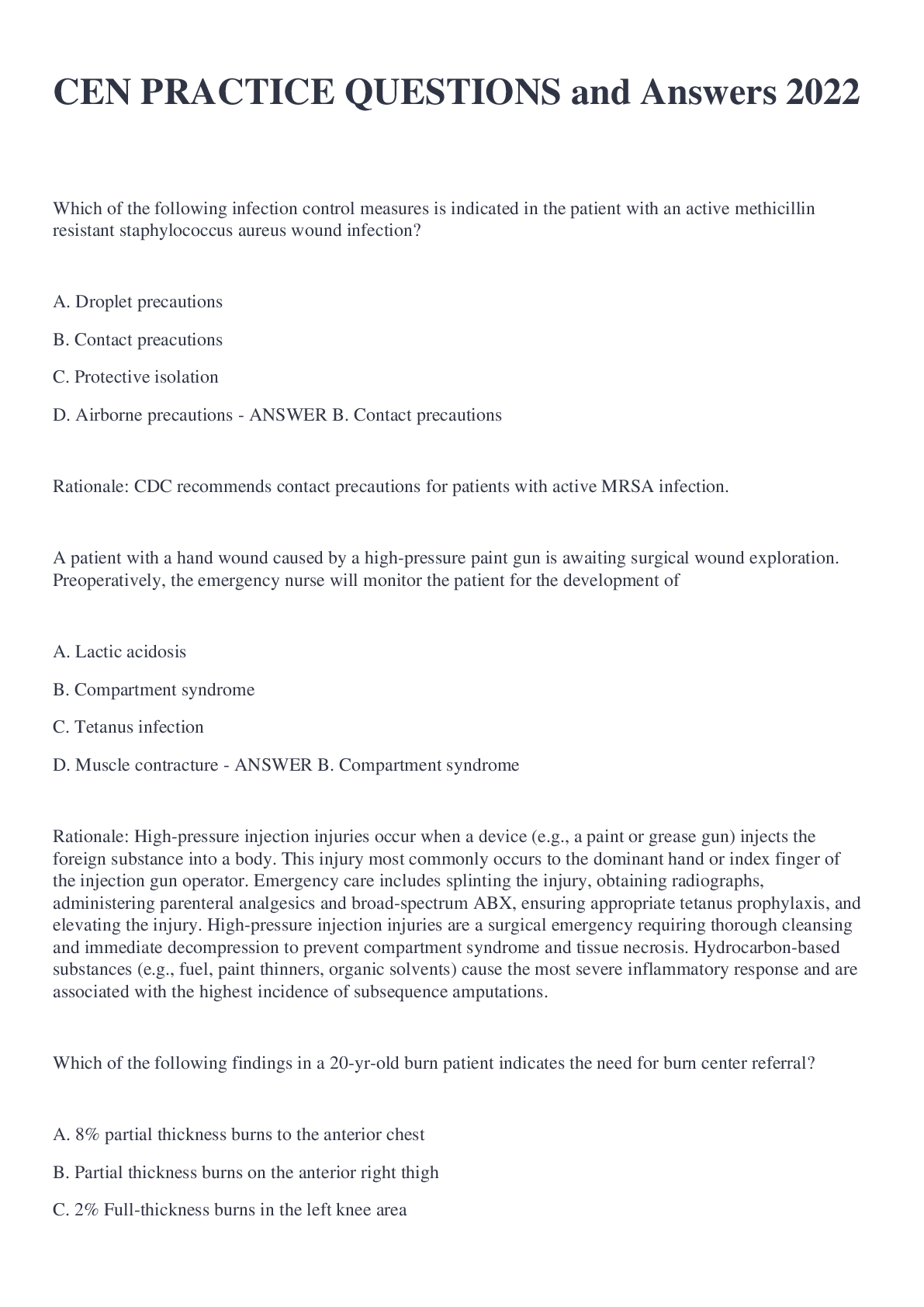
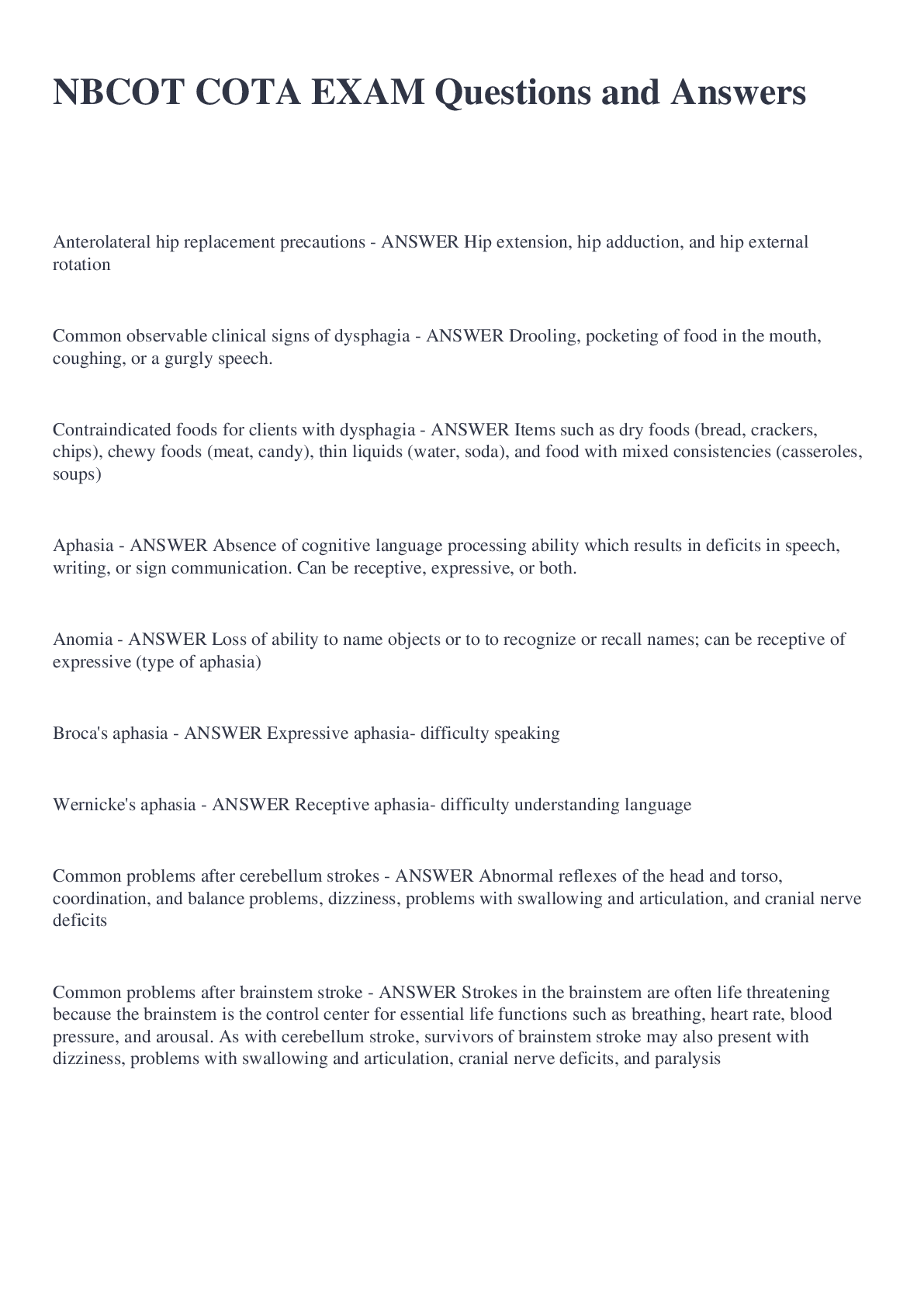
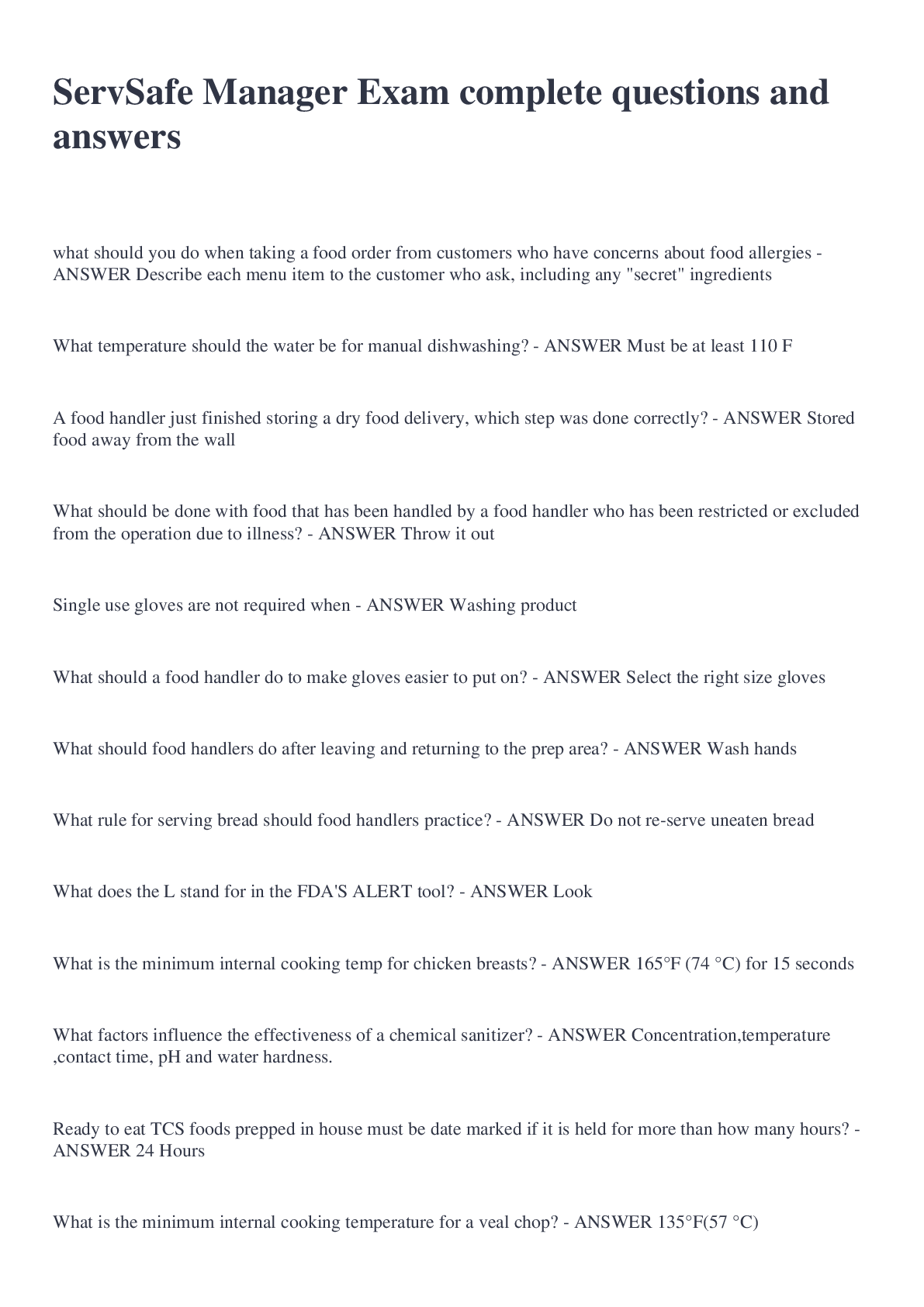
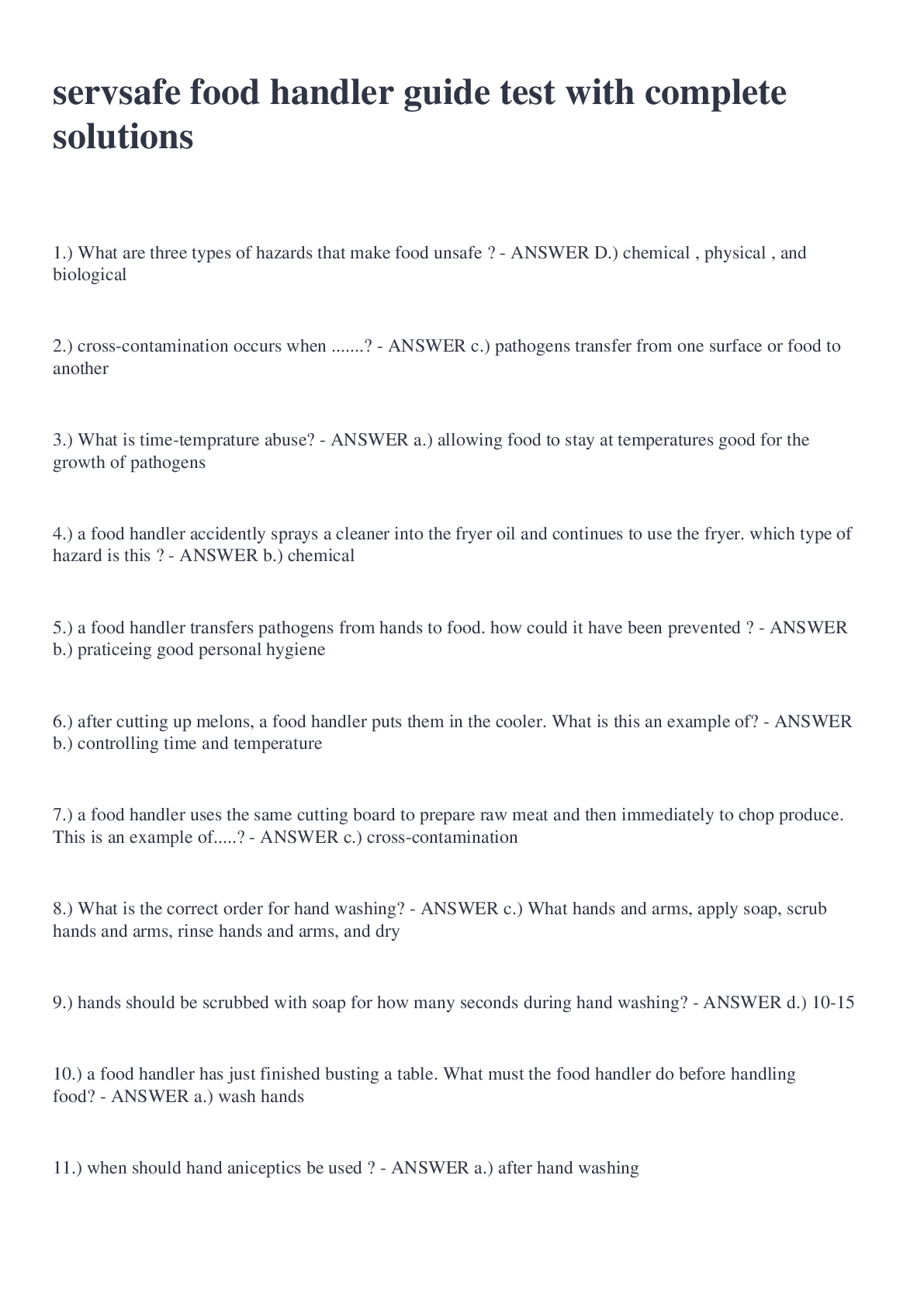
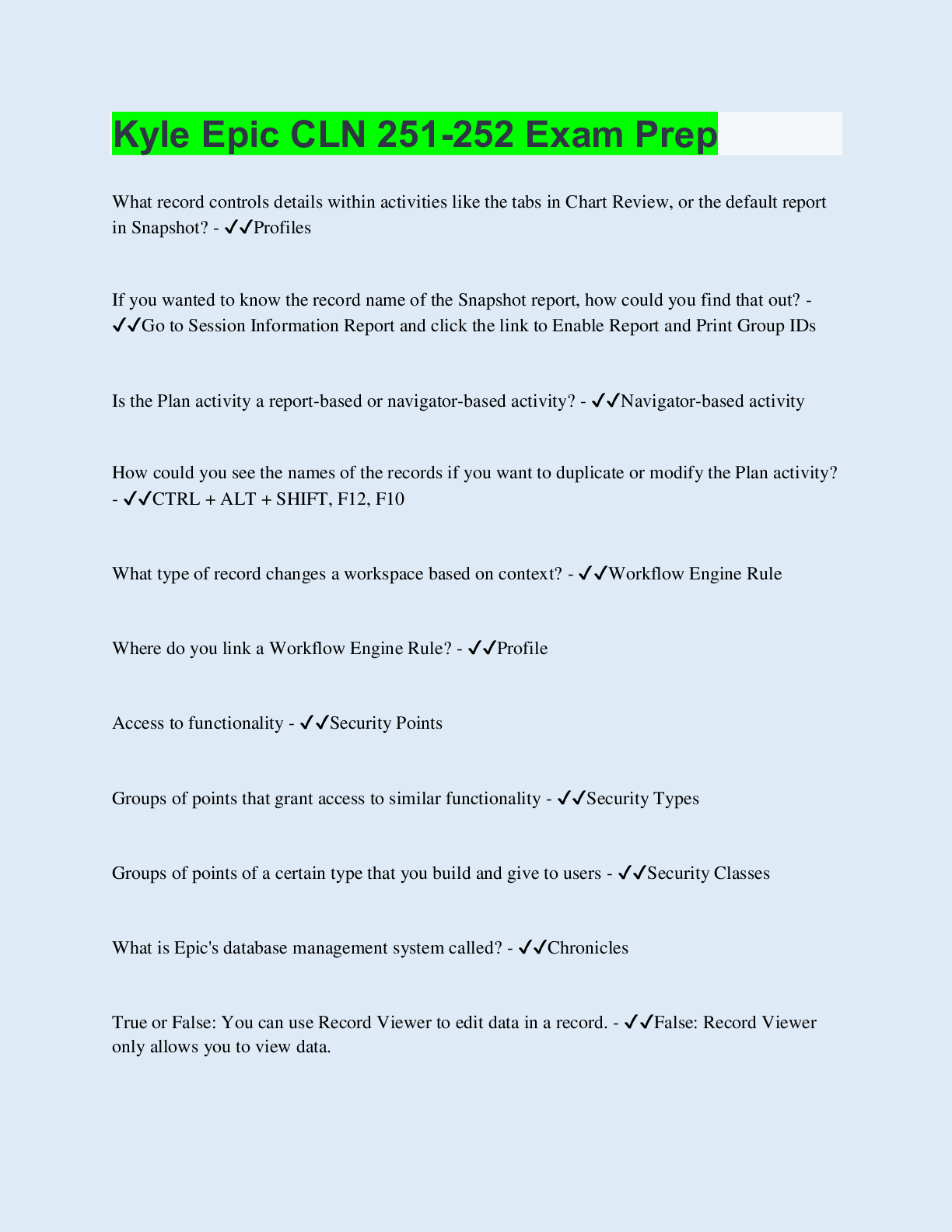

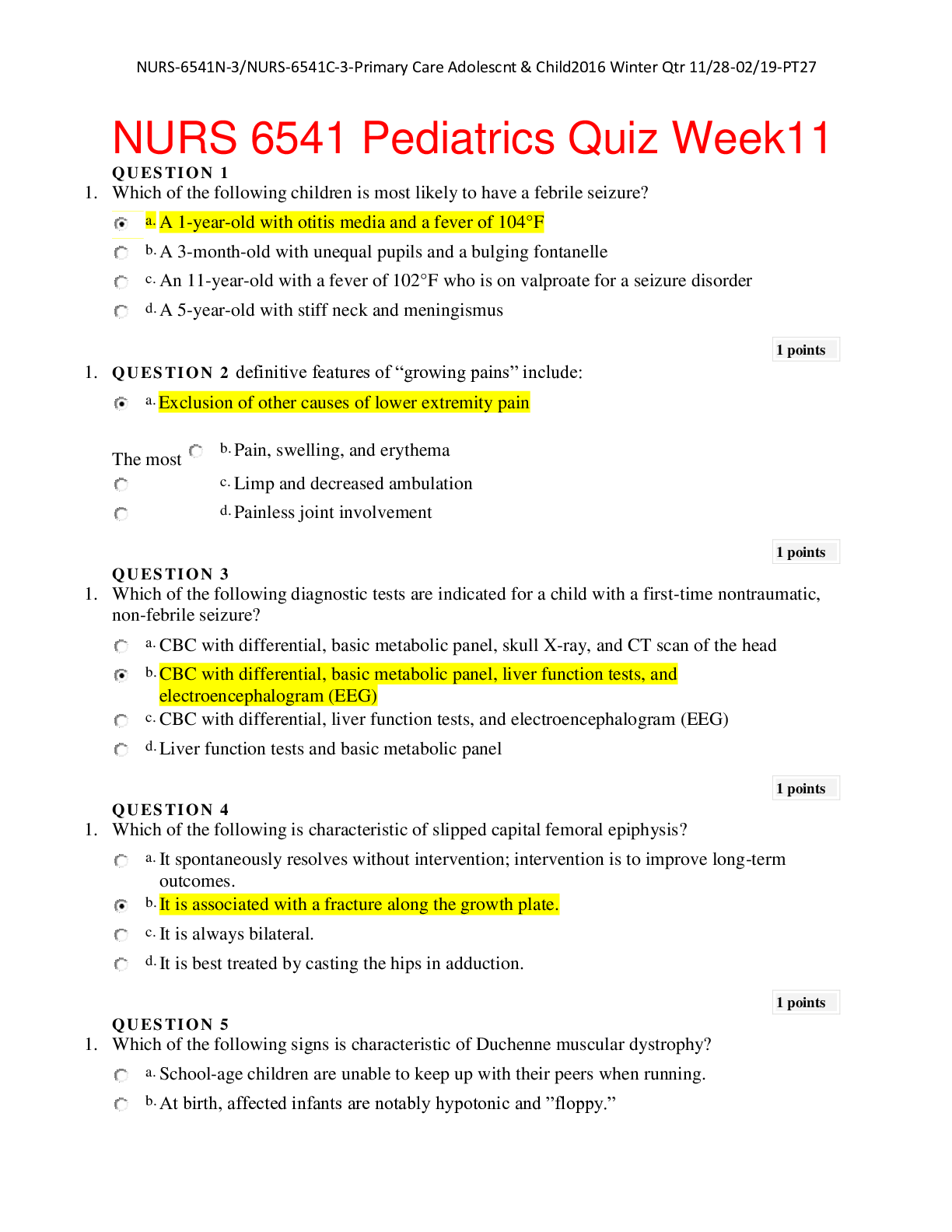
.png)
.png)



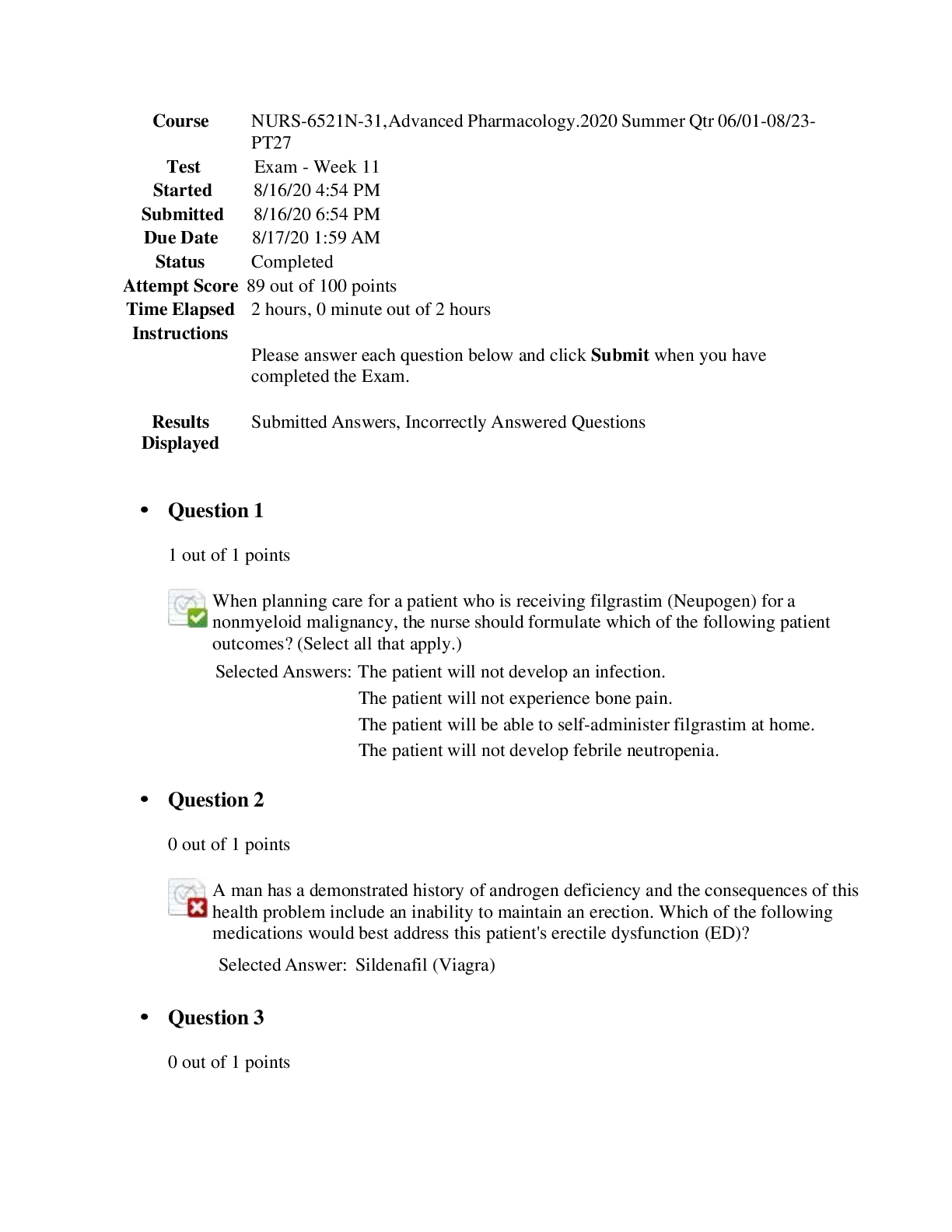
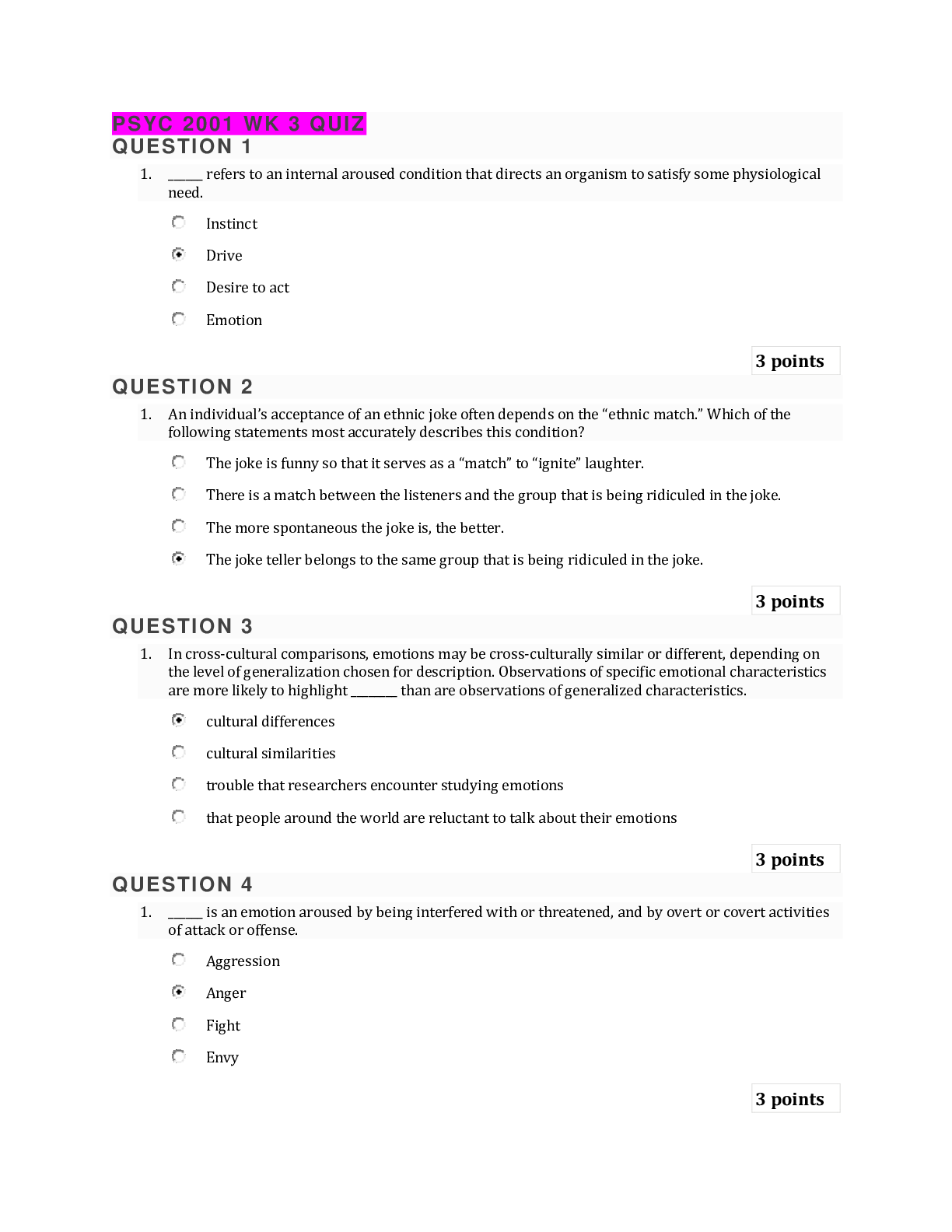

.png)
